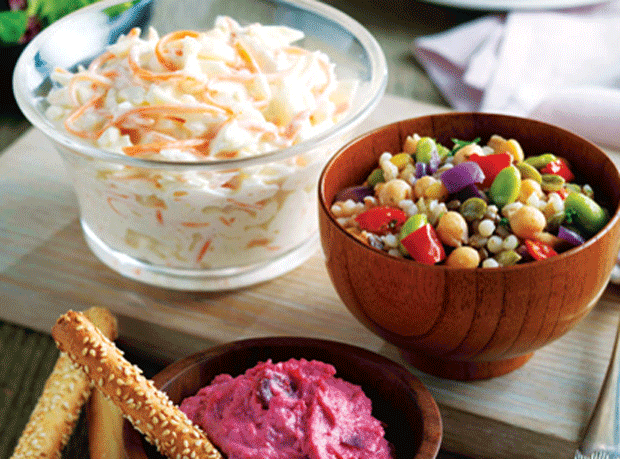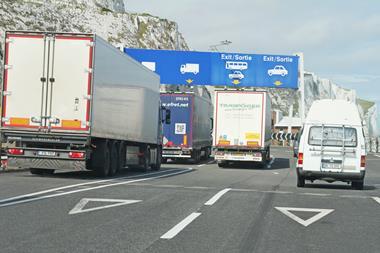Food and drink exports have fallen in two consecutive quarters for the first time since 2004.
The latest decline, of 0.5% in the value of exports for the three months to the end of September, follows a 1% drop in the previous quarter.
Lower demand from crisis-hit EU markets was the main cause of the weaker sales. Exports to the EU dropped 1.8% in the third quarter, with demand from France and Italy particularly weak.
The Food & Drink Federation said the drop was “closely correlated” with the negative GDP growth in the Eurozone. It added that the strengthening of the pound against the euro was likely to be a factor.
More encouragingly, demand from outside the EU continued to grow strongly, up 3.9% in the latest quarter. Of the top 20 countries the UK exports to, the highest-growth markets were Saudi Arabia and United Arab Emirates.
Value-added food products performed significantly better in overseas markets than commoditised food. They increased by 3.7% in the first nine months of 2012, while meat and fish exports both fell by more than 3%. Even in the weaker EU market, exports of many processed foods did well. Sales of UK-made sausages, bread, yoghurt, coffee, cakes and chocolate all increased by double-digit margins.
Subdued demand at home has forced UK brands to look abroad to drive growth. This week Thorntons, said international sales rose by 69% to £2.1m in the second quarter. It made growing exports a priority last year and has built closer ties with the major grocers in Australia and South Africa.
“If people plan carefully, there are plenty of opportunities out there for UK food and drink brands,” said Food & Drink Exporters Association director Elsa Fairbanks.
Close menu
- Home
- Retail & Wholesale
-
Products & Suppliers
- Back to parent navigation item
- Products & Suppliers
-
Product Categories:
- Back to parent navigation item
- Product Categories:
- Alcoholic drinks
- Bakery
- Cereals & breakfast
- Cheese
- Chicken & poultry
- Chocolate
- Confectionery
- Crisps, nuts & snacks
- Dairy
- Fish
- Fresh produce
- Frozen
- Household
- Meat
- Own Label
- Sauces & condiments
- Seasonal
- Soft drinks
- Vaping
- Vegan & plant-based
- World foods
- Suppliers
- People
- Reports & Data
-
Topics A-Z
- Back to parent navigation item
- Topics A-Z
-
Popular topics:
- Back to parent navigation item
- Popular topics:
- Cost of living crisis
- Crime
- Deposit Return Schemes
- Finance
- Government & Regulation
- Health
- Inflation
- Loyalty
- Marketing
- Mergers & Acquisitions
- New Product Development
- Sourcing
- Supply chain
- Sustainability & environment
- Technology
- Ultra Processed Foods
- Vaping
- A-Z all topics
- Content by type:
- Events
- Ask iA (beta)
- Subscribe now
Sign in to comment on this article
Not logged in before? Register for FREE guest access today.
You will be able to:
- Read more stories
- Receive daily newsletters
- Comment on stories
Advert



















No comments yet